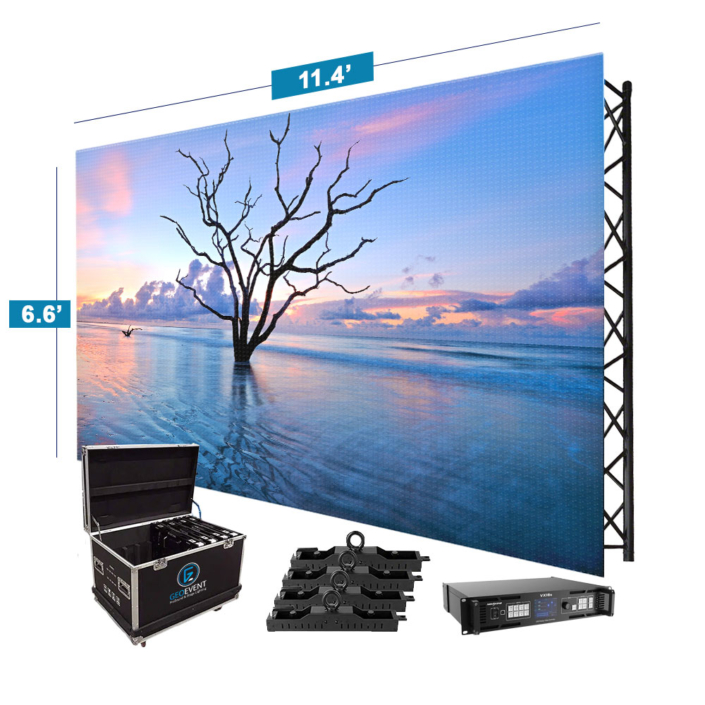Understanding the Frequent Factors of LED Screen Panel Malfunction
Wiki Article

LED panel panels are widely utilized in multiple settings, from ads to residential cinemas. These panels are popular because they deliver vivid and vibrant images while being energy-efficient. However, similar to all electronic gadgets, LED panel screens can experience failures. Comprehending the frequent causes of these failures is important for preserving their functionality and ensuring durability. This piece explores several key factors that can lead to the failure of LED panel panels.
One of the most common reasons of malfunction in LED panel panels is overheating. LED technology produces heat during use, and if this heat is not adequately managed, it can damage internal parts. Poor airflow or insufficient cooling systems can exacerbate the issue. When the temperature increases beyond the suggested levels, it can result to diminished brightness, color deviation, or complete failure of the panel. Regular care, including dusting air openings and maintaining proper ventilation, can assist prevent overheating and extend the life of the panel.
Another major cause leading to LED panel screen failure is power surges. Fluctuations in the electric supply can result in harm to digital components within the panel. Sudden spikes in voltage can lead to blown circuit breakers or faulty circuits, leading in non-functional displays. Using surge protectors and voltage regulators can mitigate this risk by stabilizing the power supply and protecting sensitive digital parts. Making sure that the power system is up to code and able of supporting the electricity needs of the panel is also essential.
Environmental factors play a vital role in the performance of LED wall panels. Exposure to extreme temperatures, humidity, or debris can adversely impact their functioning. For instance, high moisture can result to water buildup inside the screen, which can result in short circuits or damage of internal components. Similarly, excessive dust accumulation can block ventilation and lead to overheating. Installing LED screens in regulated settings and regularly cleaning them can help maintain optimal functionality and avoid failures.
Additionally, production defects can result to early important source failures in LED wall panels. Quality control during manufacturing is crucial to ensure that each panel meets industry standards. Faulty parts or poor construction can result in issues such as dead pixels or uneven brightness. It is crucial for consumers to buy LED panel panels from reputable manufacturers that provide guarantees and support. This ensures that any possible defects can be addressed promptly, reducing downtime and annoyance.
In conclusion, understanding the common reasons of LED panel panel malfunction can help consumers take preventive measures to guarantee their longevity and performance. By tackling overheating, safeguarding against power surges, taking into account environmental conditions, and selecting quality products, users can greatly minimize the risk of failure. Regular care Click Here and awareness of these factors will lead to a superior performance with LED wall panels, whether for individual or business application.